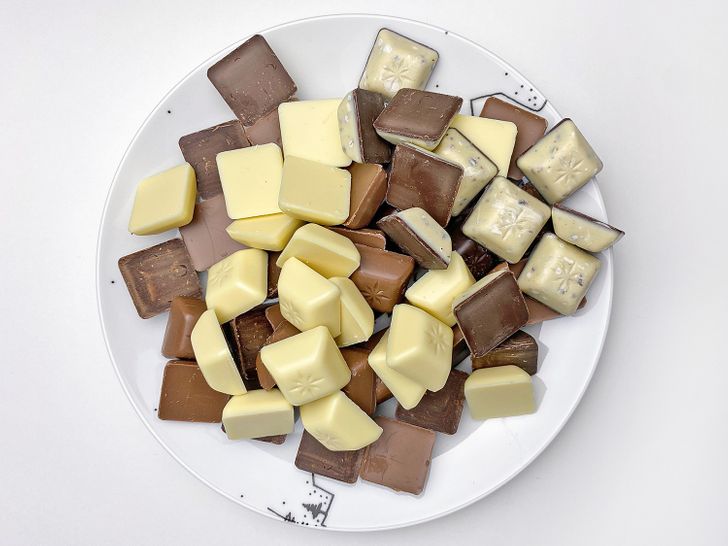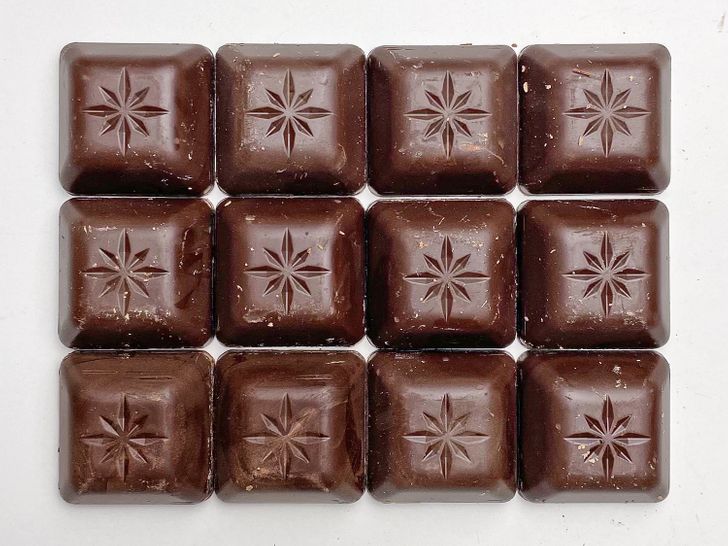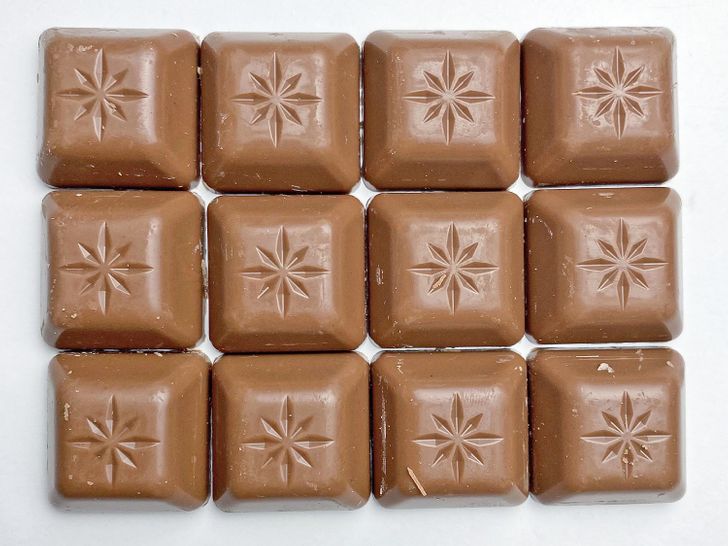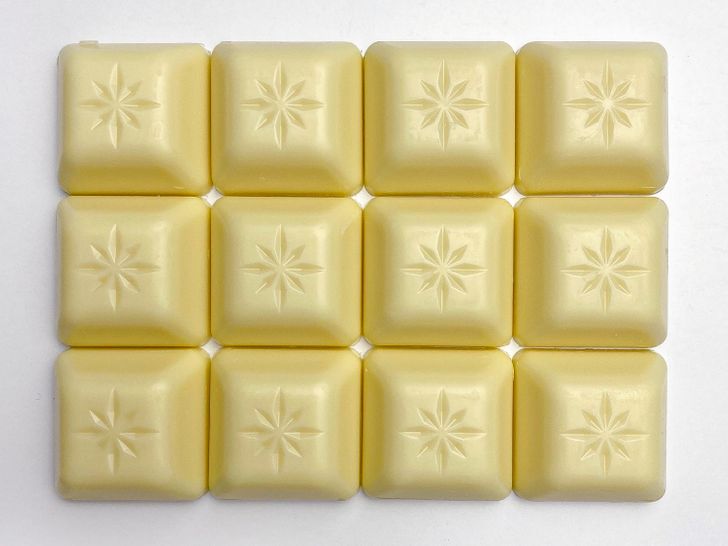What the Differences Between Various Types of Chocolate Are, and Which of Them Are More Useful
Chocolate is a favorite treat of many people, but is it good to eat? If it is, how much chocolate should one eat before breaking the principles of healthy eating? Which chocolate is better to choose, and is there really a huge difference between different types?
We at 5-Minute Crafts decided to figure out the differences between different types of chocolate and how beneficial they can be for our health.
How chocolate first appeared
Archaeologists discovered traces of chocolate in ceramic pottery that was used by people of the ancient Mayo-Chinchipe culture 5,300 years ago in South America.
Before that, cocoa beans were ground into a paste, which was mixed with water, vanilla, chili pepper, and other spices, and then the mixture was cooked into a chocolate drink. The Mayan aristocracy used to drink foaming chocolate drinks, while simple people would eat chocolate by adding it to a cold dish that looked like porridge.
Chocolate was brought to Europe in the 1500s. They would also cook drinks from cocoa, sweetening them with cane sugar and adding cinnamon. During these times, chocolate was also a sign of luxury and was available to royalty and the elite.
In 1828, a cocoa press was been invented, and it started a new era for chocolate. Now people learned to use chocolate as a confectionery ingredient.
In 1847, the first edible chocolate bar from cocoa powder, cocoa butter, and sugar was invented. In the 1870s, in Switzerland, the first chocolate using milk powder was created. This is how the milk chocolate that we all know today first appeared.
As the result of inventions of the 19th-century, chocolate turned into a non-expensive product that everyone could afford.
How chocolate is produced

Chocolate manufacturers harvest pods from trees, remove the beans from them, ferment and dry them, then roast and grind them. When producing chocolate bars, it’s necessary to create a liquid substance, sweeten it, grind again, and pour it into forms.
At the stage of creating the liquid part, the process of creating chocolate slightly changes depending on what type of chocolate is being cooked — milk or dark. Milk chocolate contains milk powder, which is added at this stage. On average, milk chocolate contains at least 10% cocoa. However, it’s cocoa powder that is a direct product of grinding cocoa beans.
Dark chocolate always consists of the same ingredients: solid cocoa, cocoa butter, and sugar; but different types of chocolate might have different amounts of cocoa, anywhere from 35% to 90%.
Dark chocolate

The calorie content of chocolate may differ, depending on the manufacturer, but in general, the energy value and sugar content are as follows:
Dark chocolate, 45%-59%:
- Energy value: 546 cal per 100 grams
- Sugar content: 47.9 grams per 100 grams
Dark chocolate, 60%-69%:
- Energy value: 579 cal per 100 grams
- Sugar content: 36.7 grams per 100 grams
Dark chocolate, 70%-85%:
- Energy value: 598 cal per 100 grams
- Sugar content: 24 grams per 100 grams
Milk chocolate

- Milk chocolate contains 535 calories.
- 100 grams of milk chocolate contain 51.5 grams of sugar.
- Among its nutrients, milk chocolate contains calcium, magnesium, phosphorus, potassium, and zinc.
White chocolate

- White chocolate doesn’t contain solid cocoa; there is only cocoa butter, dry milk, sugar, and sometimes vanilla.
- Energy value: 539 calories per 100 grams
- Sugar content: 59 grams per 100 grams of chocolate
The health benefits of eating chocolate
Chocolate has a fairly high content of calories. In addition, chocolate does contain sugar, which is known to be bad for the teeth. There are other contraindications that come along with consuming chocolate in big amounts.
Nevertheless, chocolate has useful ingredients that can affect a person’s health positively. Scientists are working on identifying as many benefits of this product as possible, but the research is far from conclusive.
- The darker the chocolate, the better, as it increases the amount of cocoa.
- One study suggests that eating chocolate may lower cholesterol levels.
- Scientists at Harvard Medical School have hypothesized and concluded that regular consumption of cocoa may have a positive effect on cognitive brain function.
- Another study showed that chocolate can help reduce the risk of heart disease by a third.
Benefits of different types of chocolate
- Dark chocolate contains more antioxidants and iron and less cholesterol.
- Chocolate with a lower cocoa content usually contains milk, which means it is higher in protein, calcium, and phosphorus.
Any type of chocolate has both useful and not-so-useful qualities, therefore, it’s better to adhere to a balanced diet and remember that despite the general data on the composition of different types of products, it can vary among different manufacturers, which is why it’s better to carefully study the labels of the products that you buy.